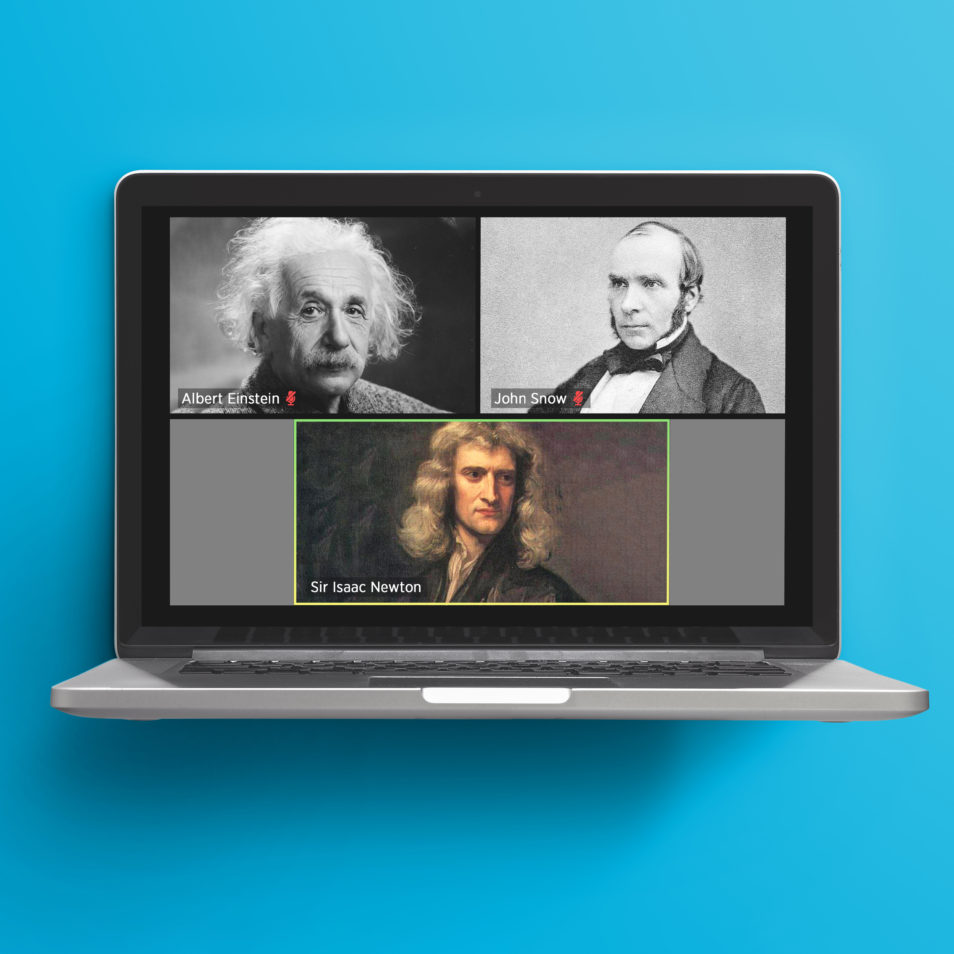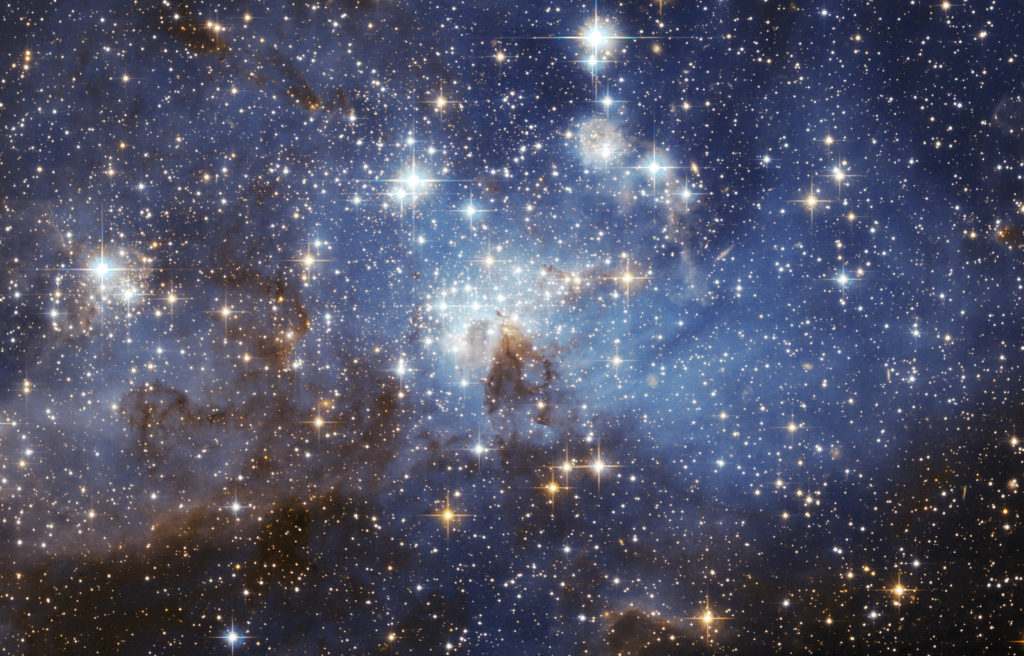
Inventions in isolation – how we imagine they would communicate if alive today.
It might interest you to know this whole isolation thing, it’s not new.
We are all in our own form of isolation and practising good social distancing while out doing the essentials. Although it’s far from our normal way of life, social isolation has played a big part in history and given birth to amazing inventions and findings.
In fact, it’s during these times of isolation in history when ground-breaking scientific discoveries have been made. Sir Isaac Newton, Albert Einstein and John Snow all made scientific discoveries while practising social distancing in isolation. Let us take you on an enlightening journey through the ages of breakthrough’s born in isolation. Who knows, you might just make the next scientific discovery.
Sir Isaac Newton
Forced home from Cambridge University in 1665 to his parent’s farm, Sir Isaac Newton isolated from the Bubonic plague when it devastated Britain. During this time Newton was free to develop his theories on calculus, optics, and the laws of motion and gravity. The famous apple tree sat in his backyard where the supposed falling fruit inspired his theory of universal gravitation. He theorised everything in existence is attracted to everything else and voila – Law of Universal Gravitation!
Interesting fact: the apple trees located at three of our offices are direct descendants of the apple tree in Sir Isaac Newton’s garden. No jokes!

An apple – how Sir Isaac Newton discovered gravity.
Albert Einstein
The Spanish Flu devastated the world from 1918-1920, killing about a quarter of the world’s population. During this time Albert Einstein was gaining notoriety for his recently published Theory of Relativity. Einstein was not yet a household name until one night in May when a solar eclipse took place. This eclipse provided the opportunity to prove his theory of relativity correct and propel him to stardom.
The hoopla of the event was that photos taken of the eclipse showed some of the visible stars during the blackout in the wrong place. Einstein’s theory of relativity concluded that stars in the sky would shift during an eclipse and he was even able to calculate by how much.

A region where stars are forming. Credit: NASA, ESA, STScI/AURA
John Snow
And finally British physician John Snow. During the 1850’s cholera outbreak in London, Snow identified the source of the disease in the Soho area. He did this by carefully mapping cholera cases and creating an infection map. His investigation drew him to a local pump releasing contaminated water. Snow had the pump removed and cases of infection in the area dropped dramatically.
If it is the same John Snow from Game of Thrones we are unable to confirm or deny, but we will shelve that theory for a later date. Snow is considered one of the fathers of modern epidemiology.
Just like John Snow, we now map the COVID-19 virus in the same way. This not only helps our scientists to understand the virus but also to keep the spread under control.



30th July 2020 at 9:12 am
i think that the isolation is the mother alwas of invention, like Newton who descover the 3 laws of motion , i was just reading a bout them in this web site https://scienceparfaite.blogspot.com/2020/07/Les%203%20lois%20du%20mouvement%20de%20%20%20Newton.html
and i learn so much, we don’t forget the theori of relativity, it’s just an uncridibel work from a powerfull Scientist
20th July 2020 at 7:19 pm
The apparent shift in positions of stars during the solar eclipse of 1919 did not prove Einstein’s theory of relativity but it certainly made it credible. British physicist Arthur Eddington tested the theory’s predictions that space-time would be warped by the Sub. He led the eclipse work and Einstein became famous because a German had been supported by a Brit when the two countries were not the best of friends.
Einstein’s theory explained the weird orbit of Mercury around the Sun and predicted gravitational waves but he did not think they would ever be discovered. Nearly a century later and they have. Most physicists would say the theory is all but proven because of these two predictions – gravitational waves and the bending of light by a heavy object (the sun!). However, it is still a theory.
21st April 2020 at 10:07 am
For one reputed to be irascible, Newton was uncharacteristically humble in his acknowledgement of the “giants”.
16th April 2020 at 11:35 am
What was notorious about Einstein’s theory of relativity, other than grumbles from a couple of others who were preparing papers along the same lines when he beat them? Something similar happened with Newton. He was not the only one who had use of papers by Copernicus and Kepler of whom he said “If I have seen further than others, it is because I have stood on the shoulders of giants”.